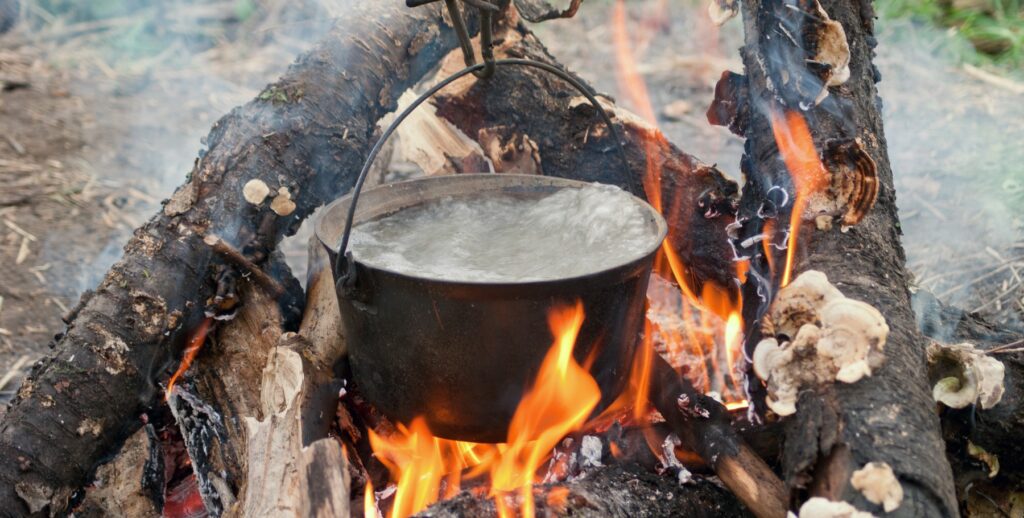
Staying clean may be one of the last things on your mind in the aftermath of a calamity, but sanitation tips can help you stay healthy. Who thinks about wet wipes when they’re trying to remain alive? However, once the immediate danger has passed, sanitation is critical and should be one of your top concerns.
Hygiene Is Important! Don’t Ignore Sanitation Tips!
Infection and disease can be avoided by maintaining good hygiene and sanitation. As a result, it’s critical to keep yourself as clean as possible and to practice proper hygiene whenever possible. Hand washing is one of our most effective instruments for preventing the transmission of germs and disease. It is critical, especially if you have any cuts or injuries, to keep them clean.
Water Restrictions
There may be particular requirements to follow after an emergency to guarantee safe and proper sanitation. Tap water, particularly after a flood, may not be safe to consume or even bathe in. Follow your local authorities’ instructions and wait for permission to use water from faucets.
Find Safe Water
Stockpiling potable drinking water should be one of your top priority when it comes to emergency preparedness. It ensures that you have enough water to not only drink, but also to brush your teeth, wash your hands, and follow other sanitary measures. It’s a good idea to keep some distilled water on hand for healing wounds and washing hands, in addition to your drinking water.
Making Water Safe
When you have no other choice except to drink the water around you or from the tap, you may have to doctor the water to make it safe to drink. This usually entails filtering, boiling, or sanitizing the water you have at your disposal.
- Boiling: Filter the water as thoroughly as possible with cloths or coffee filters. If you don’t have a filter, let the water sit for a few minutes to allow the sediment to settle and separate, then pour the clear water off the top. Bring the clean water to a rolling boil and keep it there for at least one minute. Allow the water to cool before using it, and store any leftover water in clean, airtight containers.
- Disinfecting: To disinfect water, you can use iodine, water purification tablets, or even regular bleach. You’ll need to filter the water in the same way, and then follow the manufacturer’s instructions for the tablets or iodine. Add 1/8 teaspoon bleach per gallon of water, stir, and let sit for 30 minutes before using the bleach procedure.
- Other Water Options: If you are not in a position to boil or disinfect your water, you can find water that is safe enough from many sources. In your home, the reserve water in your water heater tank and the water in your toilet tank (not the bowl) is usually safe to use as long as it hasn’t been treated with cleaning chemicals. Outside the home, rainwater and water from moving bodies of water will be much cleaner and safer than standing water that could be infected.
Other Sanitation Ideas
Wet wipes, antibacterial gels, and sprays aren’t the most effective at cleaning you up when you’re actually filthy (like after a tragedy), but they’ll suffice if you don’t have any other options. Clean water is the most vital thing to have after a disaster in order to keep sanitary and free of germs and sickness. To be healthy, use these strategies and techniques to find or manufacture clean water.

[…] you’ve figured out what you’ll need, do some research on those goods as well. Food and water, for example, are quite impregnable. Other products, such as shelter construction materials, […]